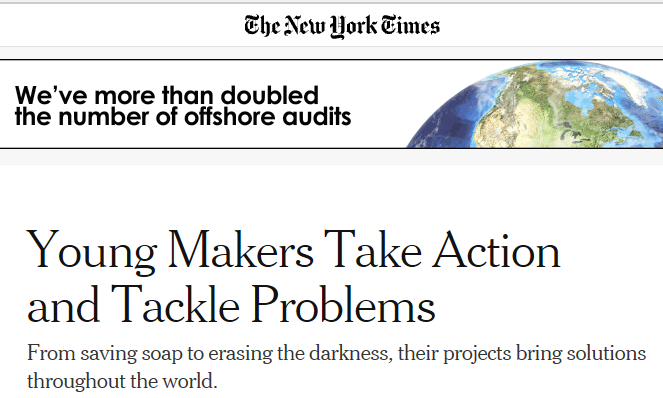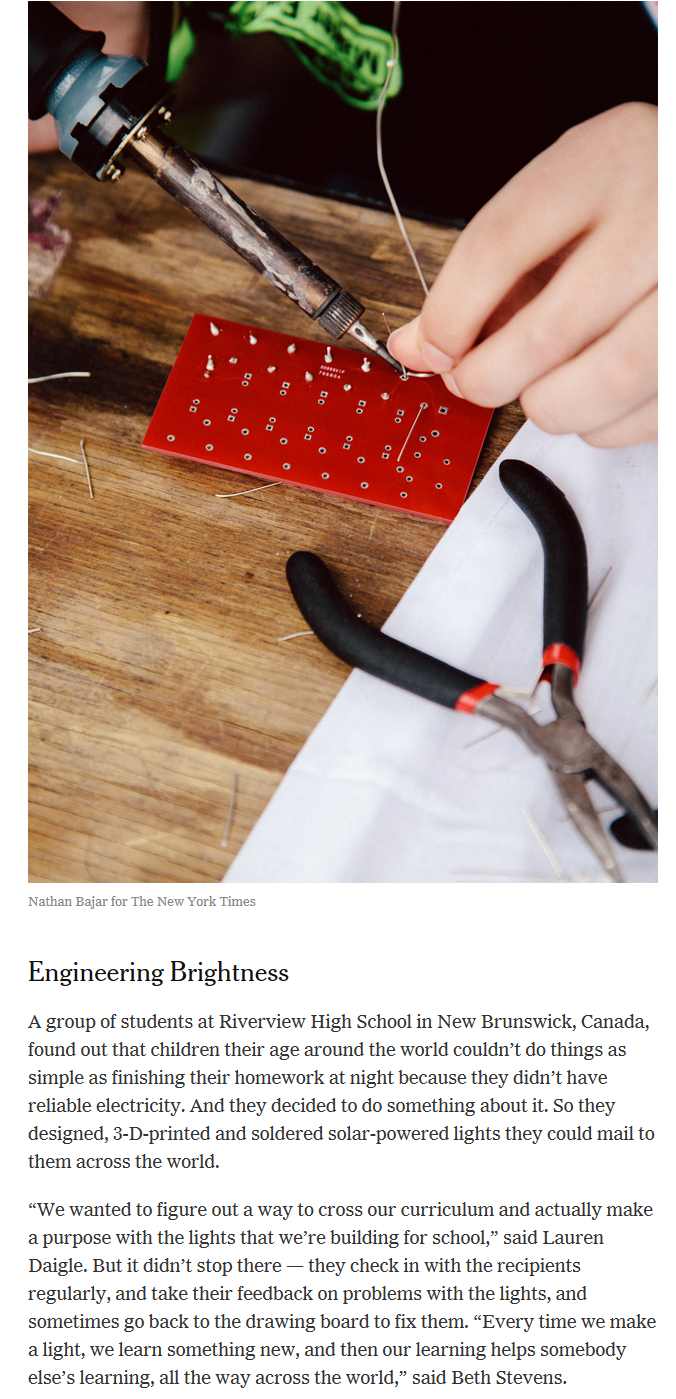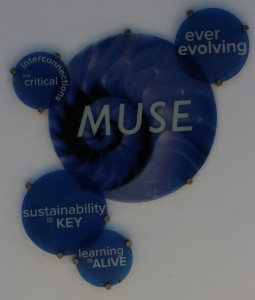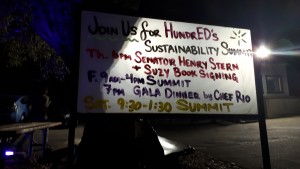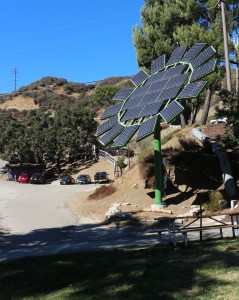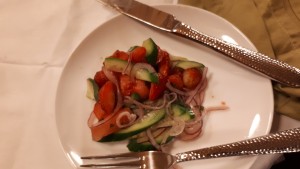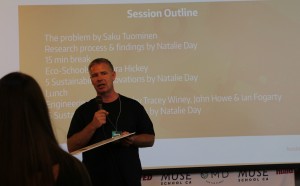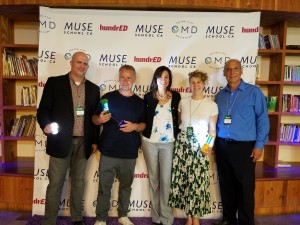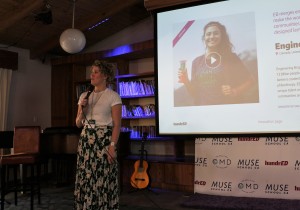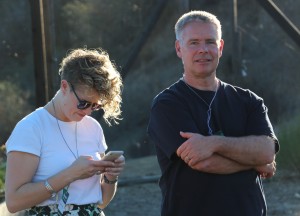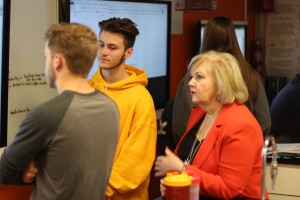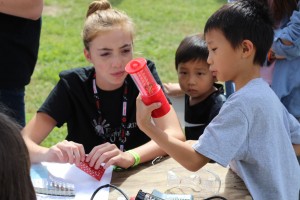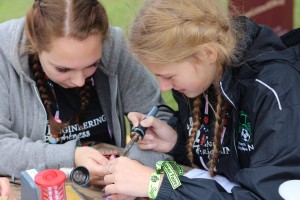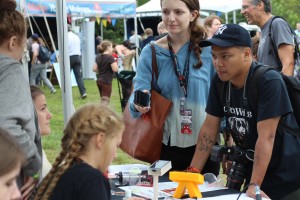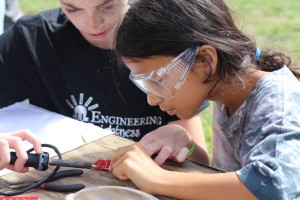It has been a surreal semester, a surreal month and a surreal week. Engineering Brightness has been most fortunate to win a number of awards, but this week, it was my cumulative work that short listed me in the top 50 of the Global Teacher Prize by the Varkey Foundation.
There are so many cool connections.
Another fantastic teacher with whom I have worked in the past, Sean Robinson from BC, is the other GTP top 50 from Canada. Back a while ago, we sent his class an Engineering Brightness starter kit. They have been doing some cool things for a long time and continue to do cool things. He is heading to Uganda with some solar technology. It seems we have been on parallel paths for a long time and I am excited about this intersection.
At the Microsoft Global E2 event in Toronto, as a fellow, I was given a fantastic team of freshly minted MIEExperts. They ideated and UX prototyped a new Microsoft technology that eventually won at the Global competition. From that group, my Turkish advisee recently won the Teacher of the Year for Turkey. From the same group, my Vietnamese advisee recently won the teacher of the year for Vietnam and now is also part of this class of GTP top 50. Clearly, they were awesome for a long time, and I feel so privileged to cross their path earlier. I am looking forward to seeing her again in Dubai.
As you read the bios of the GTP top 50, there are so many connections to Microsoft. I wonder what that means?
This post needs so serious work, but my mind is still racing and hard to focus. I’ll have to find some time to come back to this later when my mind clears up.
I am so excited about this. In addition to my own efforts, there is a whole village who have invested and guided me, from my dad, to my wrestling coaches, to my principals to the teachers down the hall and the educator experts from SMART, Microsoft and Nureva. This deserves its own blog by itself once I can wrap my brain around it.


